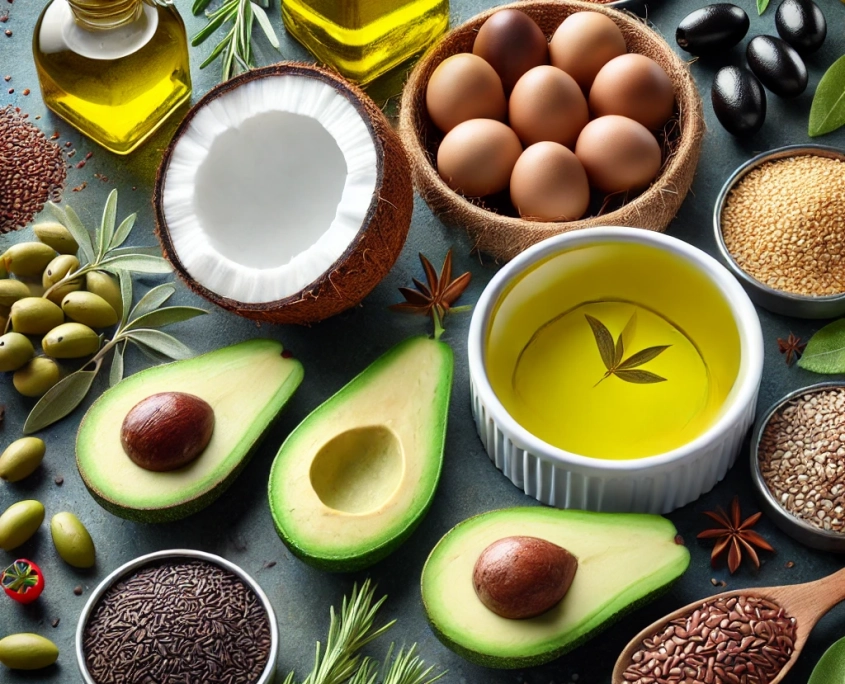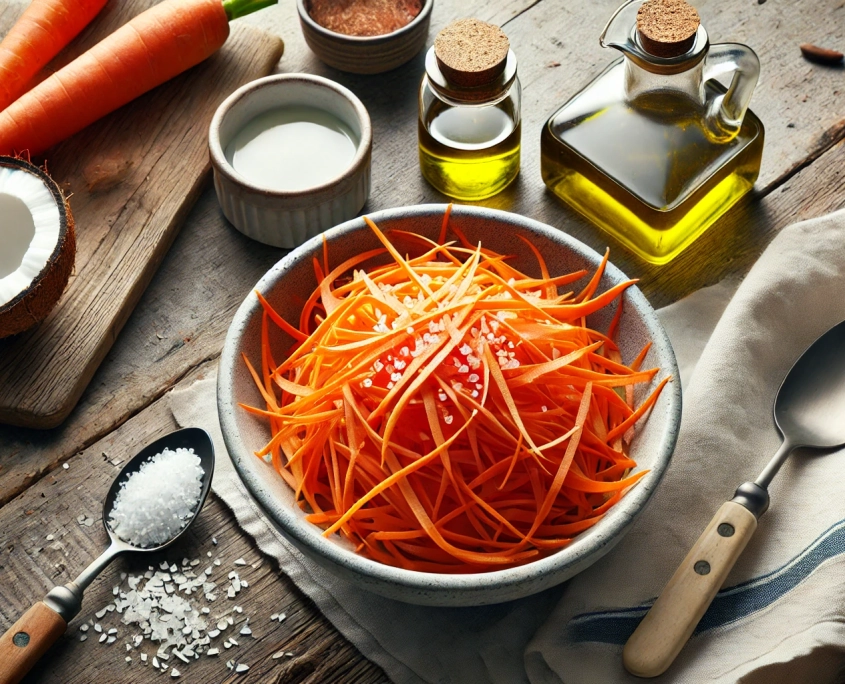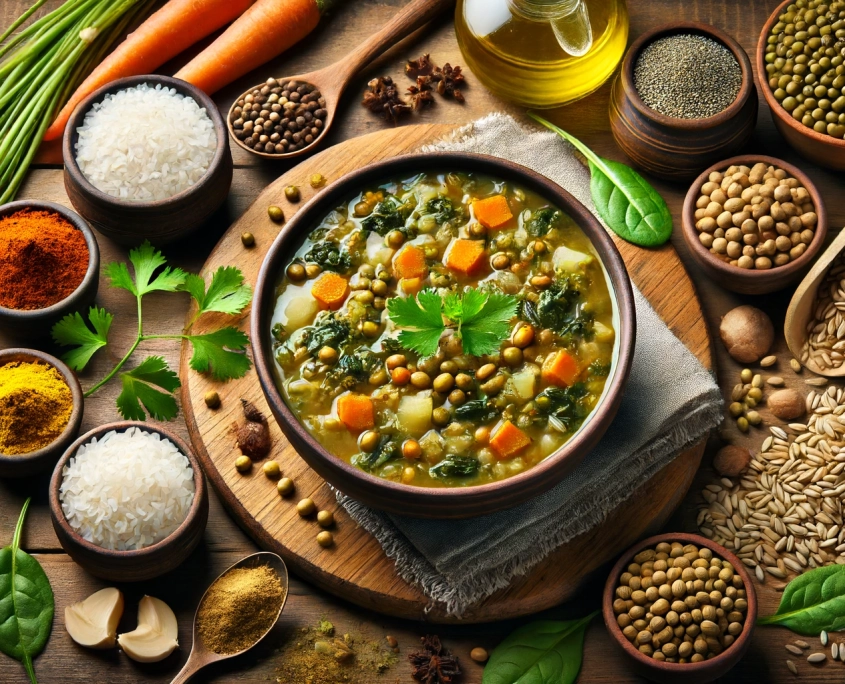
Introduction:
Inflammation is a natural process that helps the body heal and defend itself from harm. However, chronic inflammation can lead to various health issues, including autoimmune diseases, cardiovascular conditions, and metabolic disorders. Diet plays a crucial role in modulating inflammation, with certain foods known to either exacerbate or mitigate inflammatory responses. This list provides an overview of common inflammatory foods, detailing the specific compounds and mechanisms by which they contribute to inflammation. Understanding these foods can empower individuals to make informed dietary choices, improving their overall health and reducing the risk of chronic inflammatory conditions.
List of Inflammatory Foods:
- Milk: Contains casein and lactose, which can trigger inflammatory responses in individuals with dairy sensitivities or lactose intolerance. Casein, a protein, can stimulate the release of pro-inflammatory cytokines.
- Wheat: Rich in gluten, a protein that can cause inflammation and autoimmune reactions in individuals with celiac disease or gluten sensitivity. Gliadin, a component of gluten, is particularly inflammatory.
- Corn: High in omega-6 fatty acids, specifically linoleic acid, which can contribute to an imbalance in the omega-6 to omega-3 ratio, promoting inflammation. Corn also contains lectins that may trigger inflammatory responses.
- Soy: Contains phytoestrogens and isoflavones, which can disrupt hormonal balance and contribute to inflammation. It also has trypsin inhibitors, which can lead to digestive inflammation.
- Chocolate: High in sugar and sometimes dairy, both of which can cause inflammation. Theobromine and caffeine in chocolate can also contribute to inflammatory responses.
- Beef: High in saturated fats and arachidonic acid, which can promote inflammation. Processing methods often add nitrates and nitrites, further contributing to inflammatory effects.
- Tomato: Contains solanine, a glycoalkaloid that can cause inflammation in sensitive individuals. It also has high levels of lectins, which may promote an inflammatory response.
- Peanuts: Rich in omega-6 fatty acids and arachidonic acid, which can promote inflammation. Aflatoxins, a type of mold, can also induce inflammatory responses.
- All nuts: Often contain omega-6 fatty acids and phytic acid, which can lead to inflammation and digestive issues in sensitive individuals. Roasting nuts can create advanced glycation end-products (AGEs) that are inflammatory.
- Rice: High glycemic index can cause spikes in blood sugar levels, leading to increased production of inflammatory cytokines. Arsenic contamination in rice can also contribute to inflammation.
- Peas: Contain lectins and phytic acid, which can interfere with nutrient absorption and cause inflammation. They also have oligosaccharides that may lead to digestive inflammation.
- Eggs: The yolk is high in arachidonic acid, which can lead to the production of inflammatory prostaglandins. Egg whites contain albumin, which can trigger immune responses in some individuals.
- Sesame: Contains oxalates and phytic acid, which can contribute to inflammation and reduced mineral absorption. High in omega-6 fatty acids, promoting an inflammatory response.
- Processed meats (sausages, bacon, hot dogs): Contain high levels of saturated fats, nitrates, nitrites, and advanced glycation end-products (AGEs), all of which are known to promote inflammation.
- Refined sugar and high-fructose corn syrup: Rapidly increase blood glucose levels, leading to an inflammatory response through the production of reactive oxygen species (ROS) and advanced glycation end-products (AGEs).
- Alcohol: Metabolized into acetaldehyde, a toxic compound that promotes inflammation. Chronic consumption leads to increased gut permeability, resulting in systemic inflammation.
- Artificial trans fats (found in some margarines and processed foods): Created through hydrogenation, these fats increase inflammatory markers such as interleukin-6 (IL-6) and tumor necrosis factor-alpha (TNF-α).
- Refined carbohydrates (white bread, pastries, cakes): Cause rapid spikes in blood sugar levels, leading to increased production of inflammatory cytokines and advanced glycation end-products (AGEs).
- Artificial additives and preservatives: Compounds such as monosodium glutamate (MSG), sulfites, and artificial colors can trigger inflammatory responses through immune activation and oxidative stress.
- Fried foods: Contain advanced glycation end-products (AGEs) and oxidized lipids, both of which are potent inducers of inflammation. High levels of acrylamide, formed during frying, are also inflammatory.
- Dairy products (beyond milk, such as cheese and butter): Contain saturated fats and casein, which can stimulate inflammatory responses, particularly in individuals with dairy sensitivities.
- Processed snacks (chips, crackers): High in refined carbohydrates, unhealthy fats, and artificial additives, which collectively contribute to inflammation through various biochemical pathways.
- Fast food: Often contains a combination of saturated fats, trans fats, refined carbohydrates, and artificial additives, all of which synergistically promote inflammation by increasing pro-inflammatory cytokines and oxidative stress.
Conclusion:
Chronic inflammation is intricately linked to dietary choices, with certain foods significantly contributing to prolonged inflammatory responses. By identifying and understanding the specific compounds and mechanisms through which these common foods fuel inflammation, individuals can take proactive steps to manage their dietary habits. Reducing or eliminating these inflammatory foods from the diet can play a critical role in promoting better health, mitigating the risk of chronic diseases, and enhancing overall well-being. This list is for anyone seeking to manage the complex relationship between diet and inflammation, offering clear insights into making healthier food choices.










